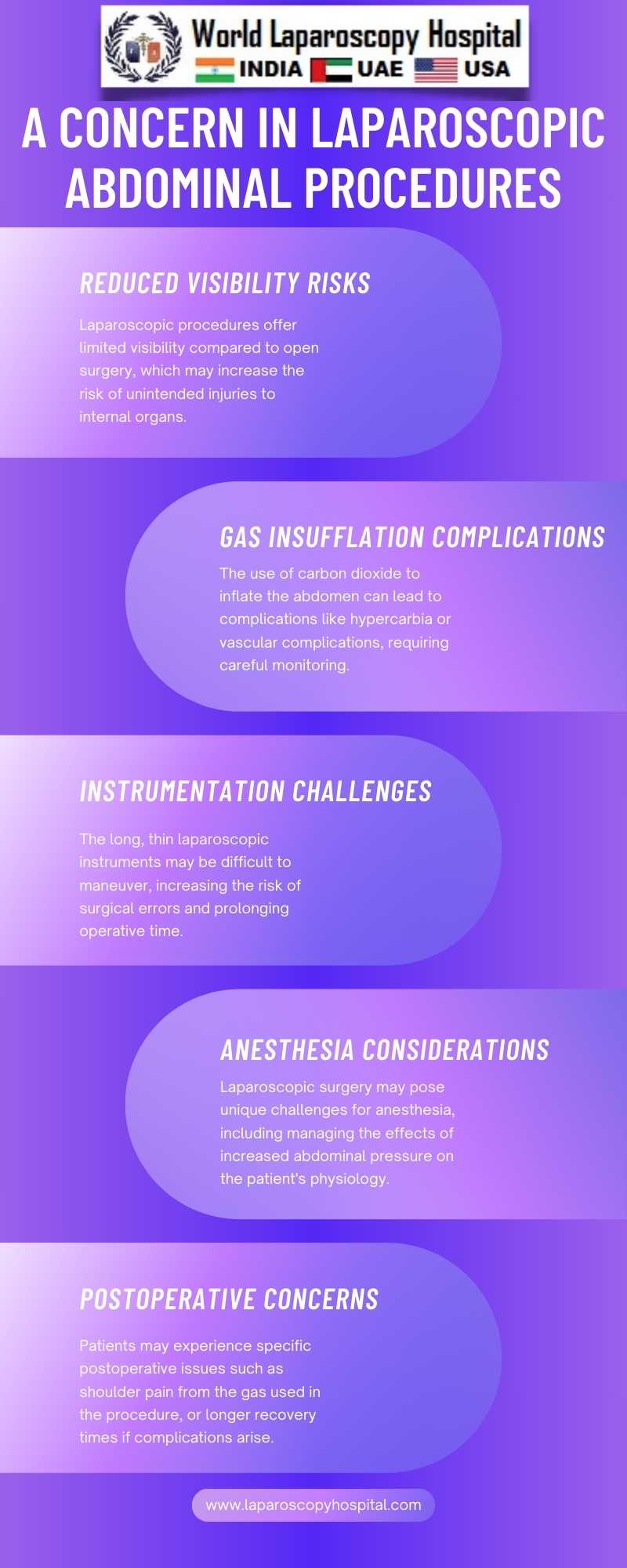Postoperative ileus (POI), a temporary impairment of gastrointestinal motility following surgery, remains a significant clinical concern, especially in the context of laparoscopic abdominal procedures. Despite advances in surgical techniques, POI continues to impact patient recovery, hospital stay durations, and healthcare costs. This essay explores the pathophysiology, risk factors, clinical implications, and potential management strategies of POI in the setting of laparoscopic abdominal surgery.

Pathophysiology:
The pathogenesis of POI is multifactorial, involving a complex interplay of neurogenic, inflammatory, and pharmacological factors. Surgical trauma triggers a cascade of sympathetic nervous system activation and the release of inflammatory mediators like catecholamines, prostaglandins, and cytokines. These factors collectively inhibit gastrointestinal motility. Additionally, the handling of the intestines during surgery can cause local inflammation and edema, further contributing to motility issues.
Risk Factors:
Various factors influence the development of POI, including the type and duration of surgery, patient age, comorbidities, and the use of certain medications like opioids for pain management. Laparoscopic surgeries, while minimally invasive, are not exempt from these risks. Factors specific to laparoscopic procedures, such as pneumoperitoneum (the insufflation of the abdomen with gas to improve visibility and access), can also contribute to the development of POI by increasing intra-abdominal pressure and reducing mesenteric blood flow.
Clinical Implications:
POI presents a major hurdle in postoperative recovery. It prolongs hospital stays, increases the risk of complications like pneumonia and deep vein thrombosis due to prolonged immobility, and raises healthcare costs. The inability to tolerate oral intake can lead to nutritional deficiencies and delay the return to normal activities. Additionally, prolonged POI can escalate into more severe complications, such as bowel obstruction or perforation.
Management Strategies:
Effective management of POI involves a combination of preventative and therapeutic approaches. Enhanced Recovery After Surgery (ERAS) protocols have shown promise in reducing the incidence and severity of POI. These include early mobilization, minimization of opioid use, adequate pain control through multimodal analgesia, and early initiation of enteral nutrition. Specific to laparoscopic procedures, minimizing operative time, gentle handling of the bowel, and optimizing intraoperative conditions can reduce the risk of POI.
Pharmacological interventions, such as the use of prokinetic agents and minimizing the use of drugs that impair gut motility, can also be beneficial. In recent years, there has been growing interest in the role of gut microbiota and the potential of probiotics in the management of POI.
Conclusion:
Postoperative ileus remains a significant challenge in the realm of laparoscopic abdominal surgery. Understanding its pathophysiology and risk factors is crucial for implementing effective prevention and management strategies. With advancements in surgical techniques, anesthetic management, and postoperative care, including ERAS protocols, the incidence and impact of POI can be significantly reduced, leading to improved patient outcomes and reduced healthcare costs. Ongoing research into novel therapeutic approaches and the role of the gut microbiome in POI holds promise for further advancements in the management of this complex condition.